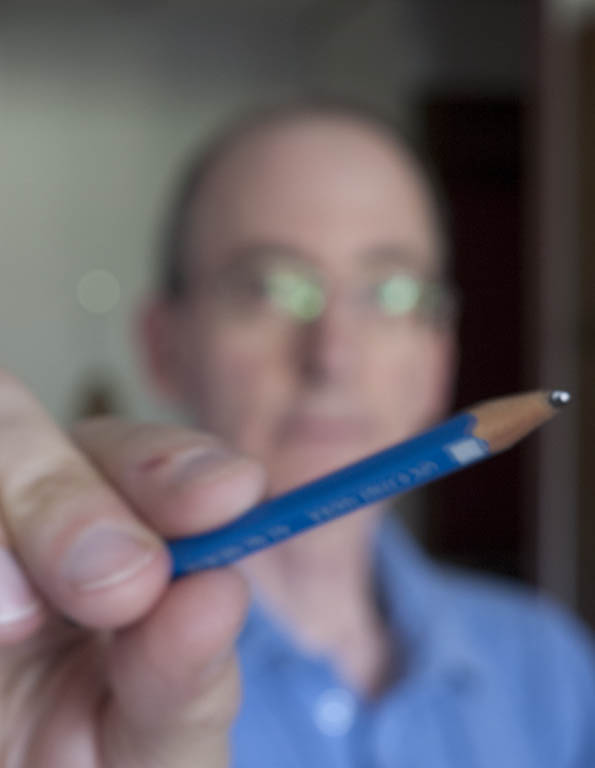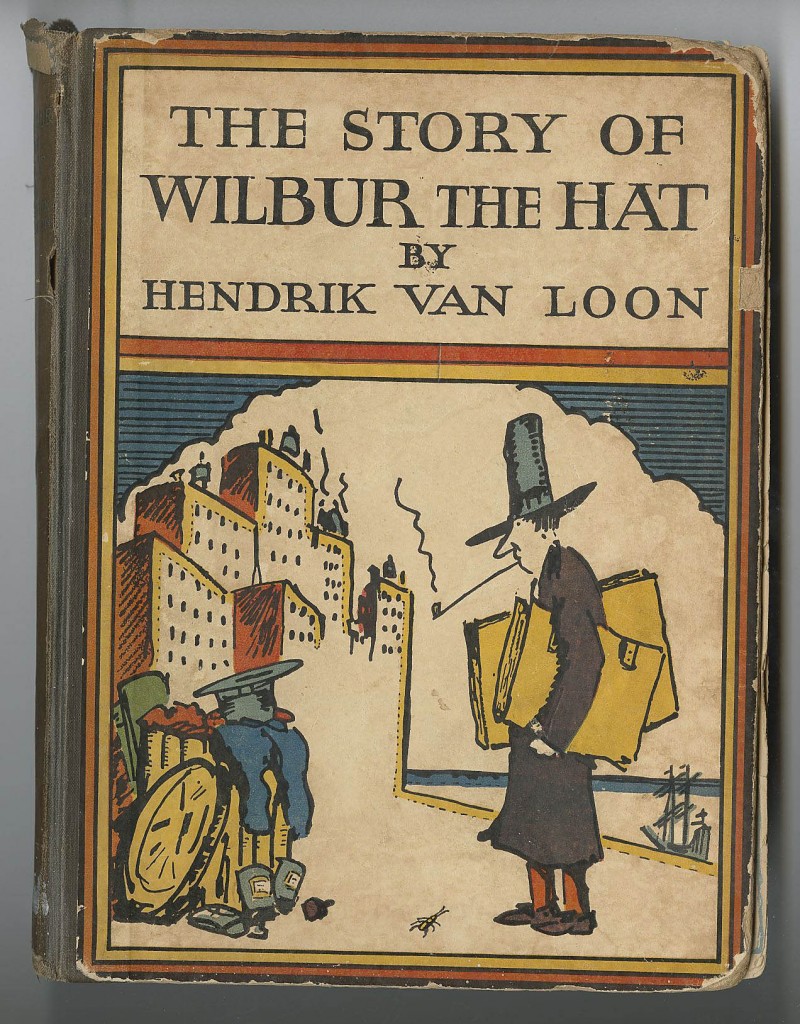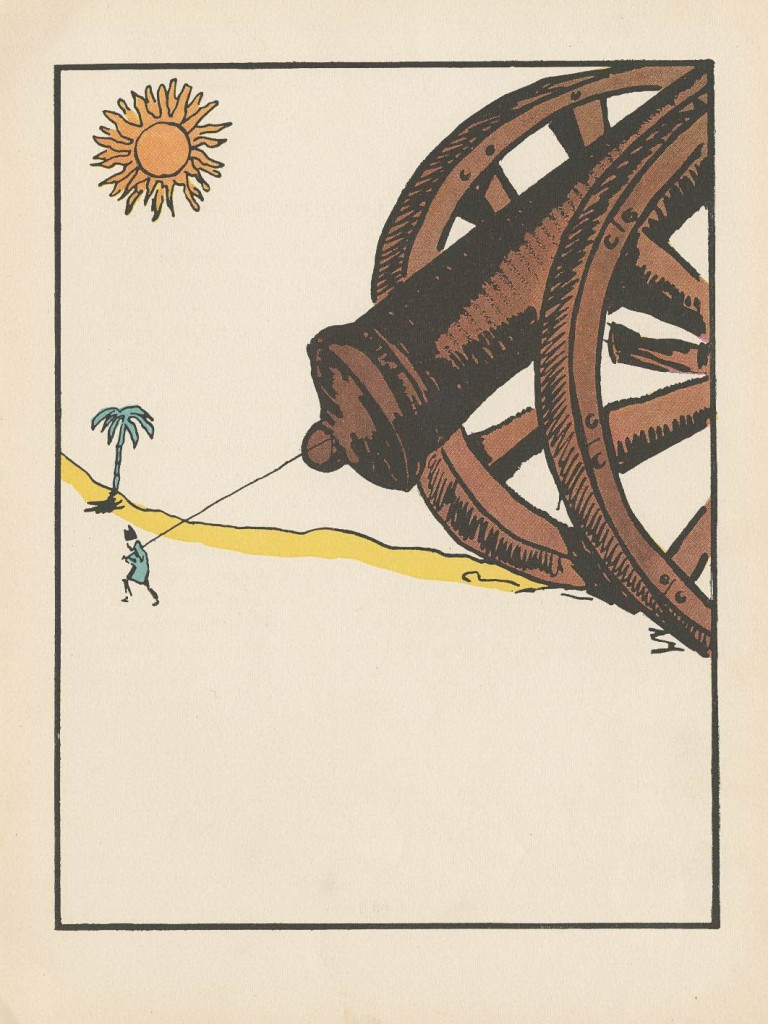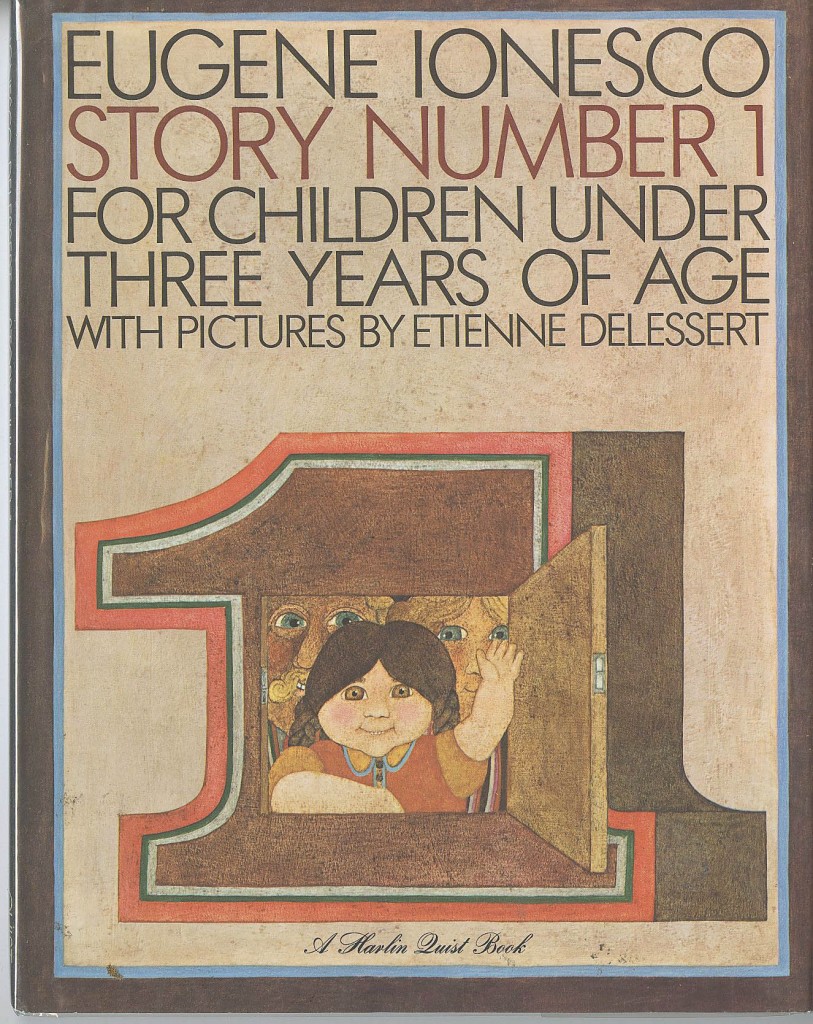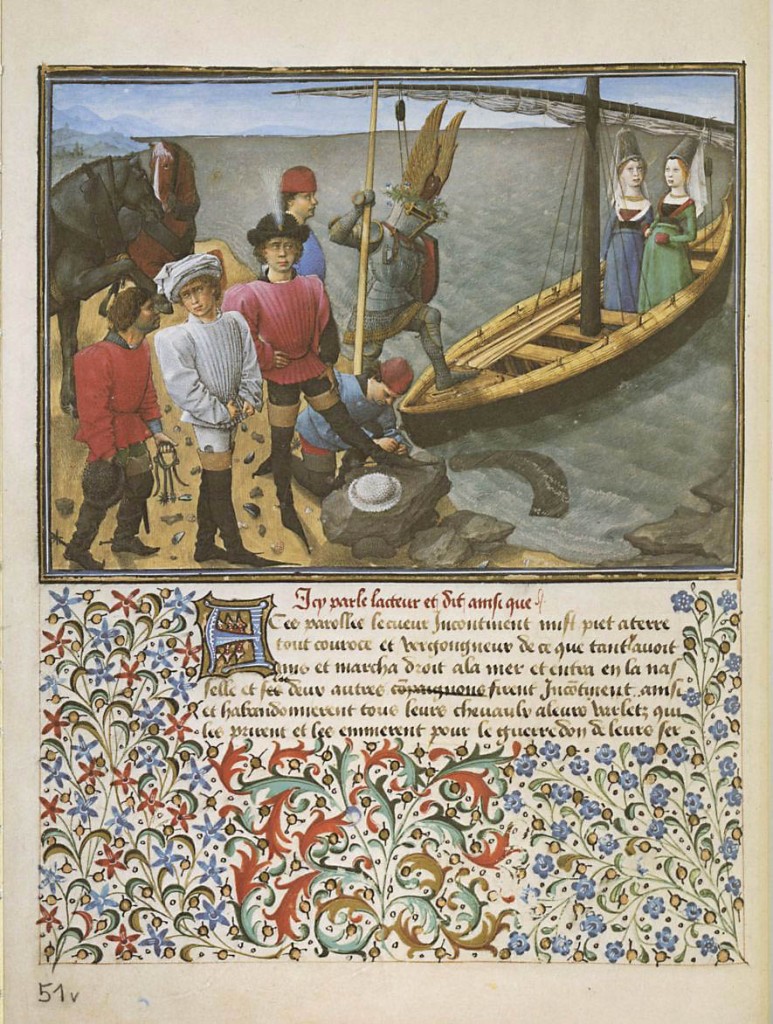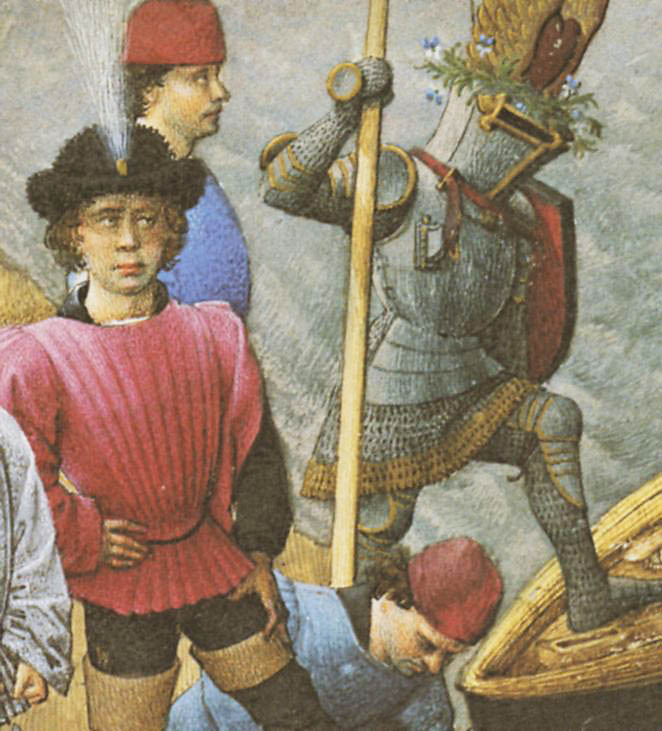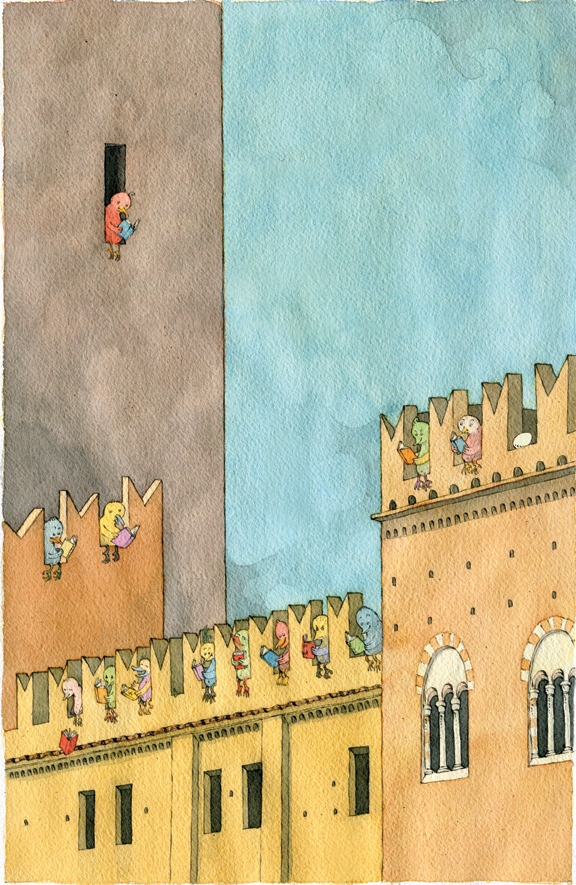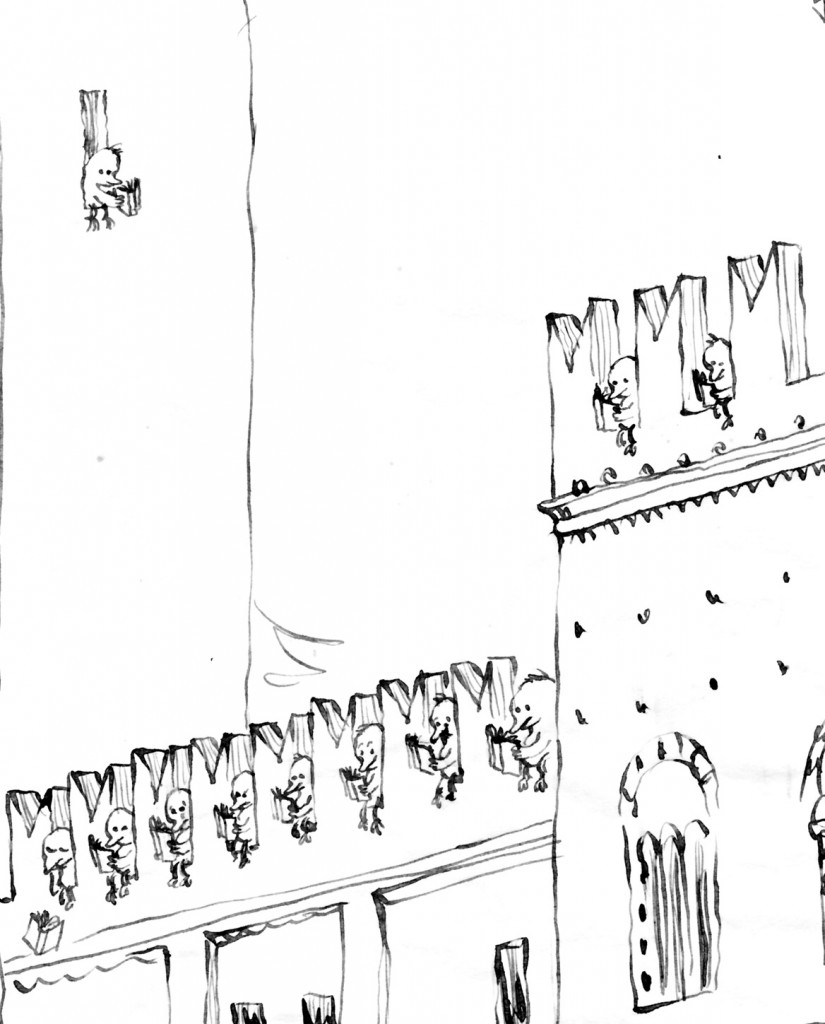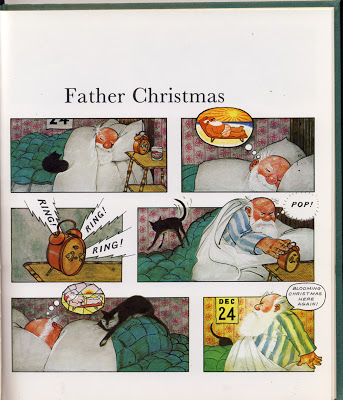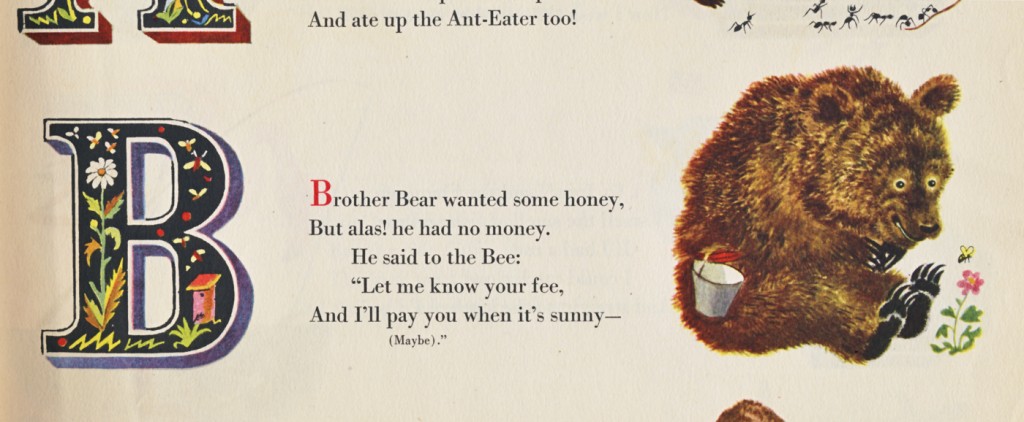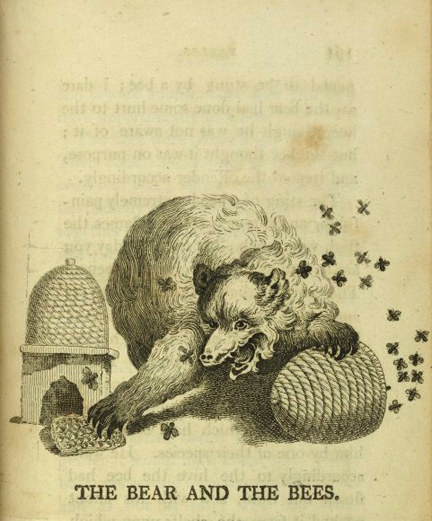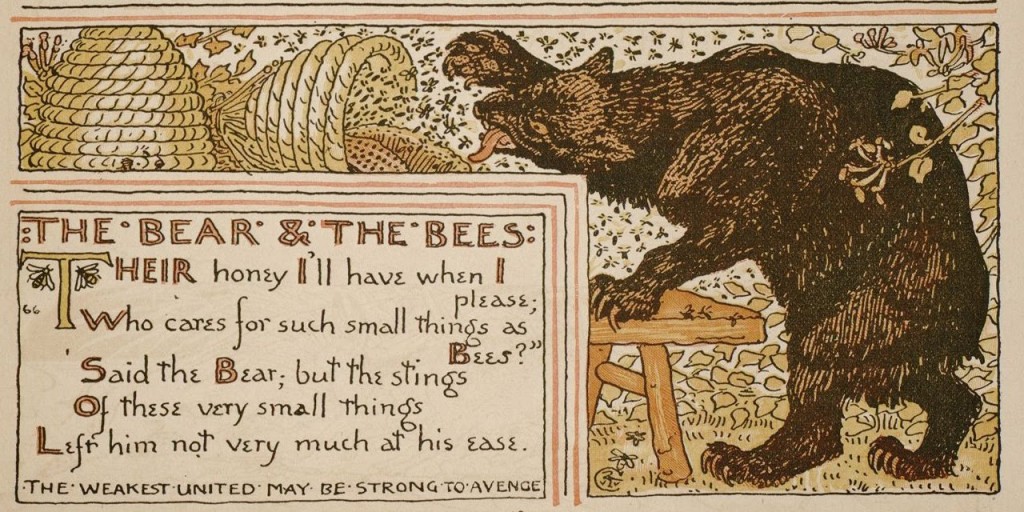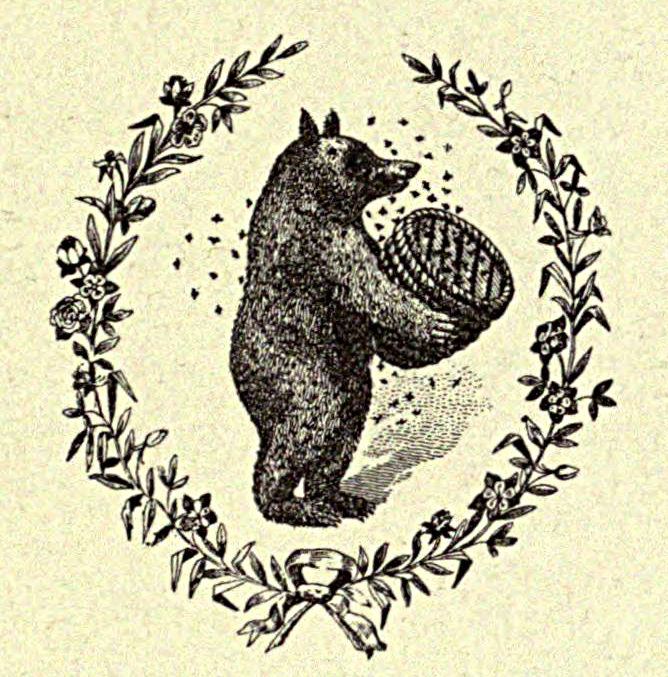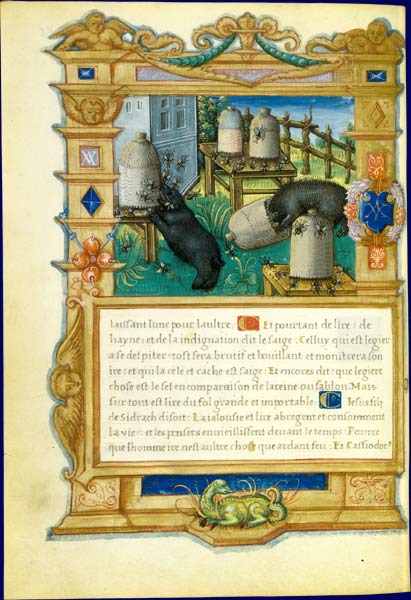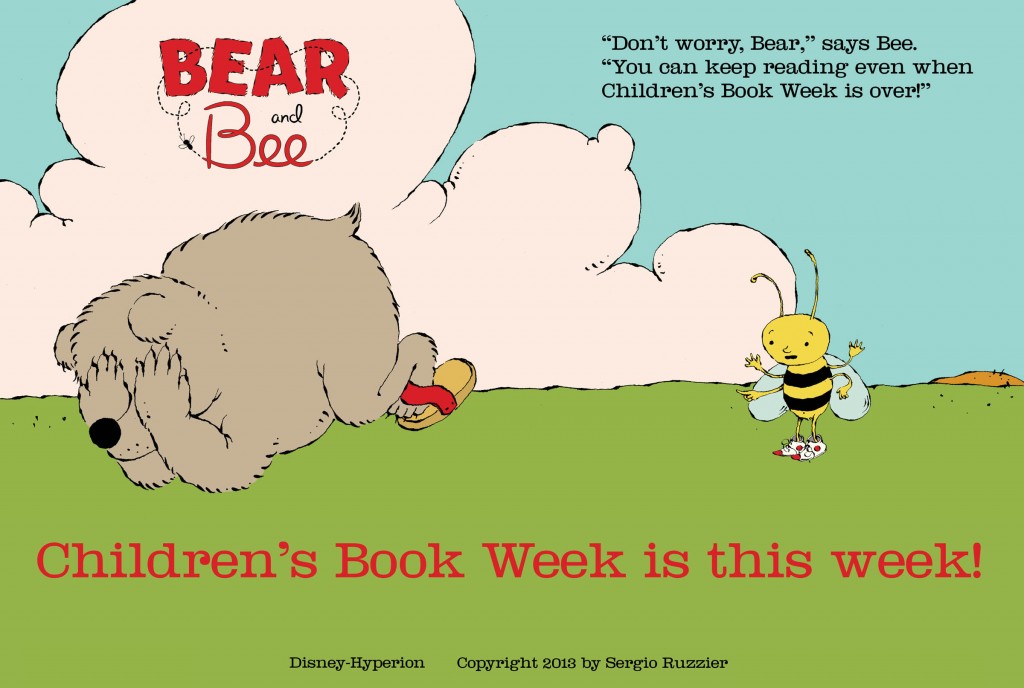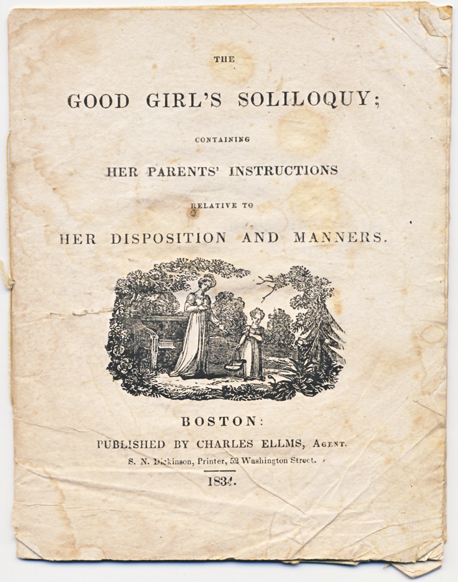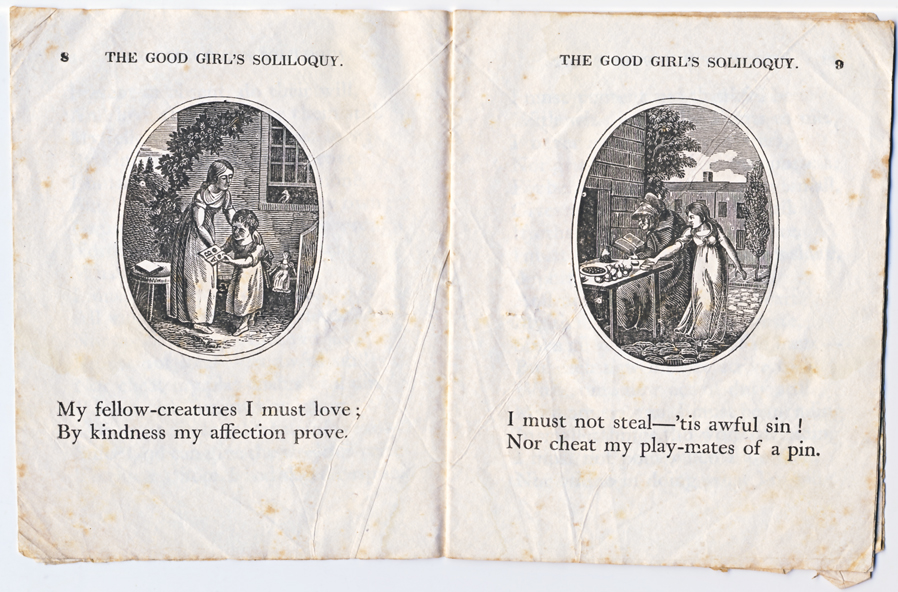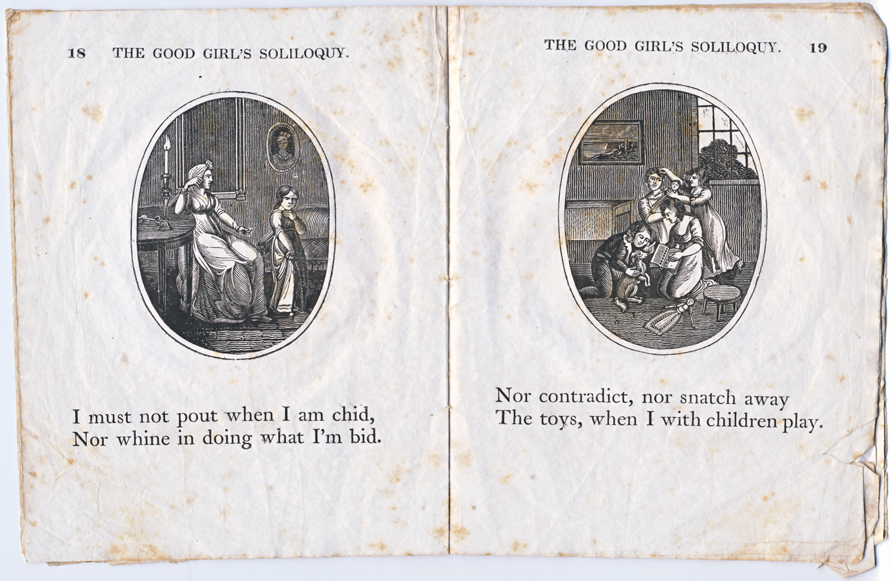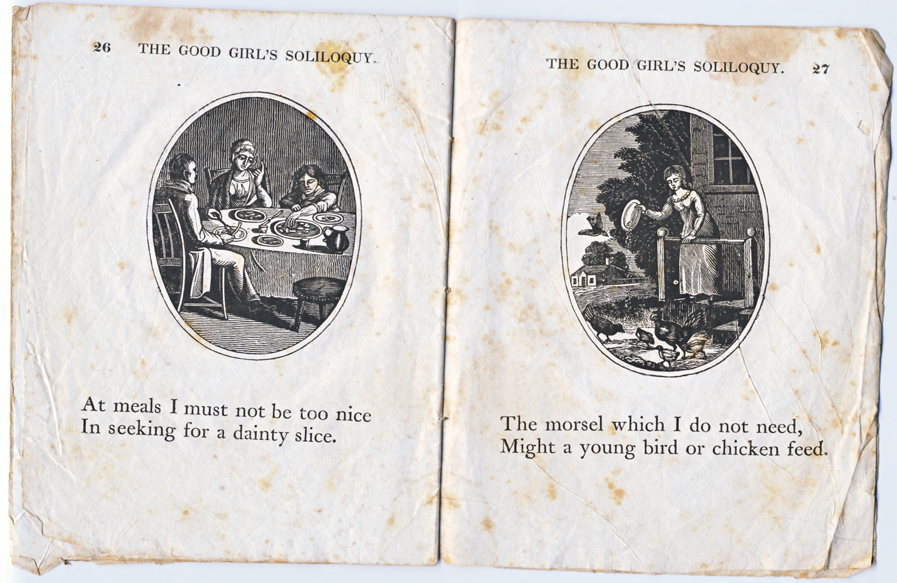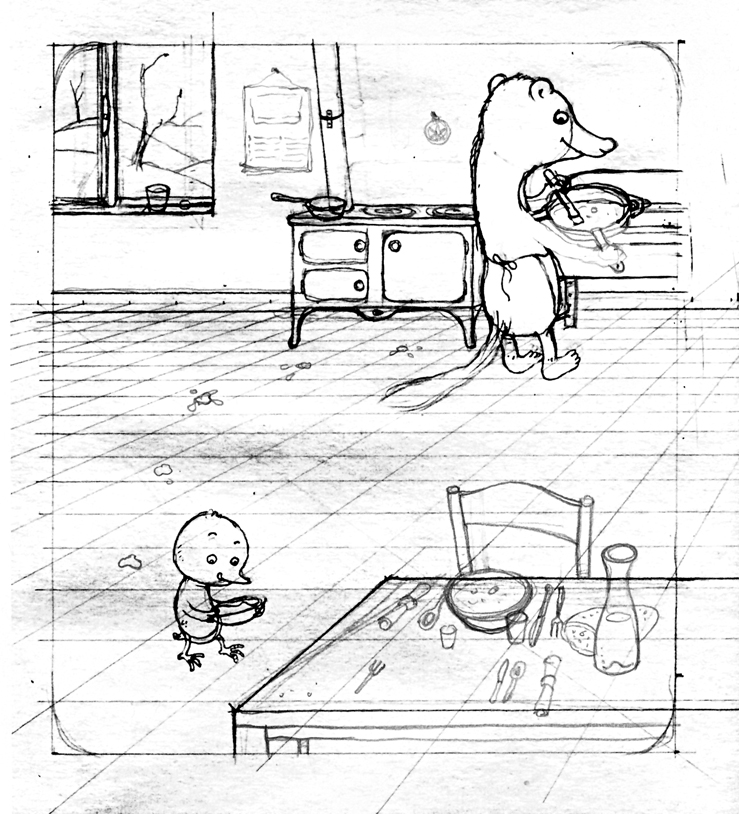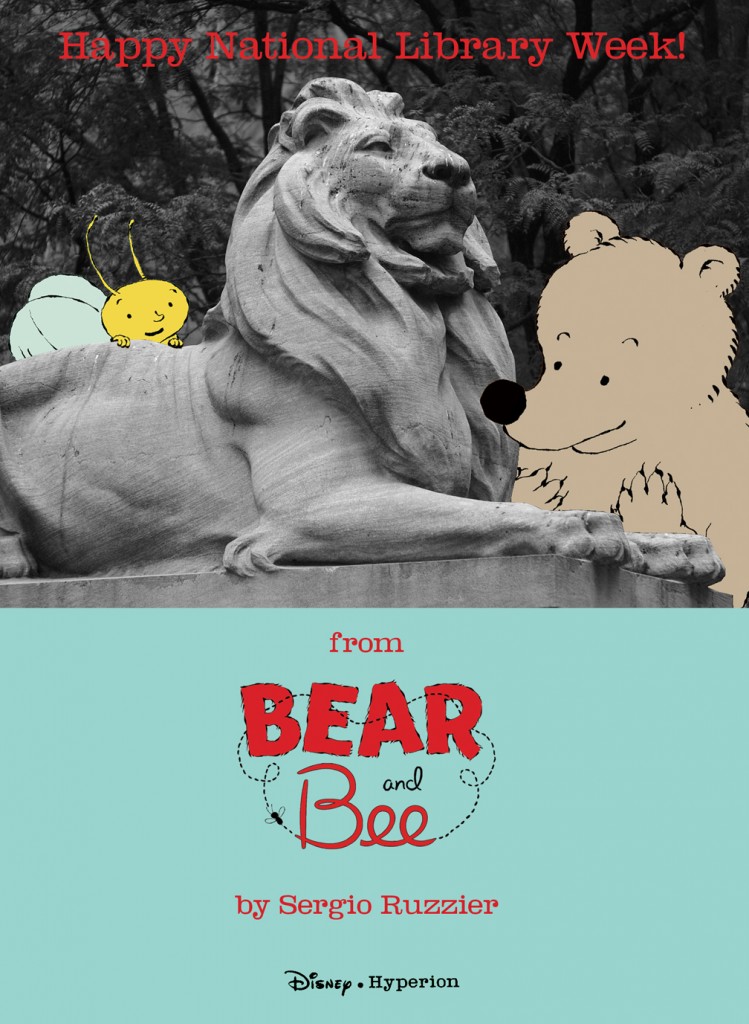Paul Zelinsky’s Picture Book List
by •
I am very happy (if a bit bashful) to post Paul Zelinsky‘s list.
Note: Paul is usually not this blurry.
S.R.
I’m glad this isn’t a list of my ten favorite picture books, but a list of ten of my favorite picture books, because I have tremendous trouble choosing favorites of anything, and I couldn’t bear making a list that would omit the hundreds of other choices that I could have, and probably should have, made.
It wouldn’t be too hard to come up with a list of ten great classics that belong in any list of ten, such as (in alphabetical order):
Ludwig Bemelmans’ Madeline
Margaret Wise Brown’s Goodnight, Moon
Eric Carle’s The Very Hungry Caterpillar
Wanda Gag’s Millions of Cats
Ezra Jack Keats’ The Snowy Day
Beatrix Potter’s Peter Rabbit
Maurice Sendak’s Where the Wild Things Are
Esphyr Slobodkina’s Caps for Sale
William Steig’s Sylvester and the Magic Pebble
(of course part of what defines a great classic is that it is older than the person calling it that. Some of these above are actually younger than I am, but not by a lot).
Instead, I’m going to go for some other books that may be obscure but have meant a lot to me, or impressed me in some way, and might be interesting for people to take a look at. I’ll put them in antialphabetical order, by title.
The most obscure of the lot is:
Wilbur the Hat
by Hendrik Van Loon
which I only know because I have my mother’s childhood copy of it.
This 1925 tome is weird in more ways than I can count. It’s the story of Wilbur, a fedora from a men’s shop in Boston, who is so snobbish and awful to the other haberdashery on his owner’s dresser that Zeus in Olympus can’t take it anymore and blasts Wilbur to Kingdom-Come. There he floats down a river through the Part of the World that Does Not Exist, where a cricket named Cedrick climbs on board, appointed by the Gods to expose Wilbur to a series of amazing wonders– natural, historical, philosophical, et al., in hopes that he might acquire a fitting respect for that which deserves respect, and the humility to go with it. The wonders are amazing, funny, and absurd; the illustrations are crazy; the tone of the book is lofty and deadpan. Best of all, the undeserving Wilbur remains cluelessly obnoxious, and unwittingly creates great havoc in Olympus. He ends up back in the States, gets sold for a dime to a young Sophomore and lives happily ever after. Most of this book sailed way over my head, but that’s no reason not to love it. On the contrary.
Why Mole Shouted and More Mole Stories
by Lore Segal and Sergio Ruzzier
Segal’s Mole stories seem too simple to feel so rich, and Sergio, your idiosyncratic illustrations show them to be the extreme opposite of generic. Little Mole does childlike but not necessarily laudable things that children do, such as yell loudly for no good reason, eat the cookies he was asked not to, or play badly with Little Gopher, and where a generic children’s story would express opposition to these incorrect behaviors, there they become reasons for Grandmother Mole to love Mole more. In the same way that our culture wants to make the standard for, say, femaleness, be a thin, perfectly Caucasian-featured blonde woman, we are always being fed the expectation that little children should resemble the Gerber baby; we are supposed to say “oh, this is beautiful” when pictures show beautiful people according to the standard model. This is what the Mole illustrations don’t do. Noses and ears are not small; bellies protrude and eyelids sag. The moles don’t even look a whole lot like moles. But these are creatures overflowing with personality, where simply the turn of an ankle, or a slightly twisted smile makes you understand everything there is to know about them. In physics, larger particles such as protons have properties like charge and mass. But the smallest particles, quarks, have charm and strangeness. Ruzzier illustrates quarks.
Two Old Potatoes and Me
by John Coy and Carolyn Fisher
This is a very lovely text about a girl and her father planting potatoes and tending them until harvest. The illustrations explode it into a visual extravaganza that fits it so perfectly it is had to imagine the story having been illustrated in any other way. This is, I think, the first digitally illustrated picture book where it struck me that the digital nature of the illustrations was not a hindrance but an actual boon. It’s amazing to look at.
Tell Me a Mitzi
by Lore Segal and Harriet Pincus
Three separate stories told in a captivating, sort-of-childlike way, and illustrated in a similarly sort-of-childlike style. Pincus’ drawings are enchanting; beautifully composed and colored and a bit stilted in a comical way that fits the text perfectly. Harriet Pincus was a talented newcomer when she illustrated this 1970 book ; I believe that Maurice Sendak had something to do with her getting published. She illustrated perhaps six books, and then stopped; I don’t know anybody who knows what became of her. I see that in 1973 all of her original work was donated to the DeGrummond Collection in Louisiana.
Story Number 1
by Eugene Ionesco and Etienne Delessert
I had enjoyed a number of Ionesco’s absurdist plays in high school English (and French) and was delighted to see in my college bookstore three big picture books for children: Stories number 1, 2 and 3. In Story Number 1, a little girl named Josette torments her parents with her tale of the previous days’ goings-on involving the maid Jacqeline,. In Josette’s telling, everyone and everything was called Jacqueline. Delessert’s surreal pictures are bold and elegant. I think he used wax in some way with his paint. I met Delessert for the first time about ten years ago; he told me that it was he who convinced Ionesco to write these stories, and he organized their illustration, doing the first one himself. He has subsequently reillustrated all of them. I didn’t care for Story #3 but loved the other two. #2 was beautifully illustrated in watercolor by Philippe Corentin; it is a similarly endearing and nonsensical story.
The Philharmonic Gets Dressed
by Karla Kuskin and Marc Simont
This low-key, small-sized, three-color book sails above all the limitations of its format. It’s about putting clothes on, with poetic attention to detail, but builds to a musical crescendo that is as exhilarating as its premise is unlikely. A triumph of pictures and words working in tandem, and leaving space for each other. I think it’s too bad it didn’t win the Caldecott Medal.
Locomotive
by Brian Floca
I only recently saw this big book and was so impressed that I’m putting it in this list. It’s got all you could want of technical train information, and it’s a travelogue and a poem as well. And there’s a freedom to the execution of it that allows all the grandeur in, but keeps it feeling close and familiar.
King René’s Book of Love
by René, duke of Anjou and King of Sicily; illustrator unknown
Not a children’s book, this is an allegorical romance, a French illuminated manuscript from the mid-1400’s, written and some say illustrated by one René, Duc d’Anjou. I would love someday to see the real thing, which resides in the Austrian National Library in Vienna, but a book published by Braziller in 1975 contains beautifully reproduced facsimiles of the illustrated pages. I fell in love with the pictures. With an amazing sense of light and color and rounded form, these pictures exhibit an even more amazing presentation of personality and character, with a pointillist precision that makes you want to bury your nose in the images, or at least bring a magnifying glass to them. It’s over 500 years old but feels like a wonderful children’s book. And I hate the word “fresh,” but I’d be inclined to use it in this case.
Harold and the Purple Crayon
by Crockett Johnson
This book should really have gone in my theoretical list of ten books above. Since I left it out, I’m putting it in here. I don’t always believe that less is more, or I wouldn’t have made elaborate books of my own like Rapunzel, but sometimes the best results come from a minimalist presentation and that’s the case here. Weston Woods made an animated version of this book that is well worth looking at. And if you can find something on the making of that animation, that would be worth looking at, too.
The Color Kittens
by Margaret Wise Brown and Alice and Martin Provensen
Another one of my childhood favorites. I can’t really express the excitement I would feel with each new color that the color kittens mixed up. Except for brown; as a child I was no fan of brown. Margaret Wise ones excepted.
Paul Zelinsky
Festivaletteratura 2013
by •
Festivaletteratura is a book festival of great importance in the Italian literary world. Every year, at the beginning of September, thousands of people invade, mostly pacifically, the beautiful city of Mantua to hear authors speak about their books, participate in public debates, take workshops, etc.
Every year, a different illustrator is asked to provide an original illustration to decorate the posters, the programs, the t-shirts, and I don’t know what else. Past editions showcased the artwork of, among others, Alessandro Sanna and Federico Maggioni.
This year, the organizing committee, through designer Pietro Corraini, picked me. Very nice of them.
Here’s my drawing:
And here’s the sketch:
Bob Shea’s Picture Book List
by •
Bob Shea reveals his secret obsessions!
This is tough because Sergio straight up told me I couldn’t stick my own books in here or he’d swap them out with his.
That kind of screws me because I am only familiar with my catalog.
So it’s on to plan B – a trip to the local library to see what I can dig up.
Some quick googling should tell me if my town has a library or not. Wish me luck.
Good news. It’s like a block away. I found some promising titles. Here they are.
1. The Stinky Cheese Man and other Fairly Stupid Tales.
Jon Scieszka and Lane Smith. Designed by Molly Leach (very important)
This is the one that started it all for me. Picking it up in the bookstore I thought,
“There’s no way the inside can pay off the cover.”
Boy did it ever. It’s hilarious, great illustrations and the typography is freaking amazing.
A perfect, thoughtful package. I was doing graphic design at the time and I couldn’t get over how well the type supported and enhanced the story.
It was eye opening to see something so funny taken so seriously.
2. I Want my Hat Back
Jon Klassen
I’m just glad to bring this book from the shadows into the light of day, even for a
moment.
This was the same experience as Stinky Cheese. I saw this in the bookstore and immediately had a design crush.
The simple, confident layout, the bear staring off into the middle distance too preoccupied by a missing hat to pose for the cover of his own book.
“Don’t judge it by that.” I told myself.
Then I foolishly opened it. That thing is so perfect it could melt the face off a Nazi.
The character design, the palette, the typography, the understated layouts. Gorgeous.
Oh, and it’s funny. Not “BLAH! LOOK AT ME!” funny. Smart funny.
Halfway through I was pretty envious and tried to talk myself down.
“It’ll be okay,” I thought, “there’s no way he can pay this off. They’ll hug it out at the end, or come up with an elaborate schedule to share the hat, you’ll see.”
At the satisfying conclusion I whispered a tiny, defeated “f-me” in the kids section of my local bookstore.
So you think I could at least harbor some life-affirming petty resentment against the guy, right? Well, turns out Jon is pretty nice in real life. He’s stolen that joy from me too.
3. Arnie the Doughnut/Scrambled States of America
Laurie Keller
I love Laurie Keller.
I am grouping two titles together because I love them both for the same reason. They are super funny and charming. My son is nine and he still pulls them off the shelf at night. One reason he likes them so much is that his Dad cracks up every time. Plus they are jam packed with jokes. I am still finding little gems in there.
Both of these are Laurie Keller’s lovely, funny personality in concentrated book form.
4. When Randolph Turned Rotten
Charise Mericle Harper
Charise is a genius.
The reason I love this book is really simple. Randolph is a jerk. Not only does he fall prey to petty jealously, he acts on his feelings. Randolph’s friend Ivy gets invited to a sleepover and he doesn’t. So he’s like, “Okay cool, maybe next time.” Right?
WRONG! He fills her bag with logs! Oh, he’s a beaver I forgot to tell you.
Charise is great about not handing the reader the story they expect. It’s like a bait and switch scam where you get something better than you came for.
5. Frog and Toad are Friends
Arnold Lobel
Do I really have to explain this one?
I remember these as a kid but forgot how clever and dry they are. Of course at the time I was probably like, “Talking frog. Cool. Can we go see Star Wars again?”
I love these books.
6. Sparkle and Spin
Ann and Paul Rand
Yum.
Don’t know why? Google it. I’ll wait.
Now view by images.
See?
7. Monkey Business/Mr. Lunch series
Vivian Walsh J. Otto Seibold
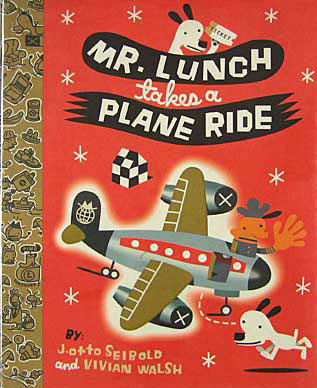
Okay, this is many books, I am not following the rules. Again, I love these books for the same reasons. Vivian Walsh’s playful, absurd, matter-of-fact text and
J. Otto’s modern fever dream illustrations.
Monkey Business is almost twenty years old and it feels like it could come out in like, I dunno, five years.
8. Supposing…
Alastair Reid and Bob Gill
This book is so fantastic. Every page starts with the word “Supposing” then launches into a bizarre scenario.
“Supposing a funny old fortune teller told me I was going on a journey and just to bamboozle her I stayed home for the rest of my life…”
Stuff like that.
Oh wait, here’s another one.
“Supposing I telephoned people I didn’t know in the middle of the night and practiced my horrible sounds over the phone…”
Ha!
9. The Animal Fair
Alice and Martin Provensen
Honestly, I don’t know if I have actually ever read it. I sure do look at it all the time though.
10. The very Persistent Gappers of Frip
George Saunders and Lane Smith
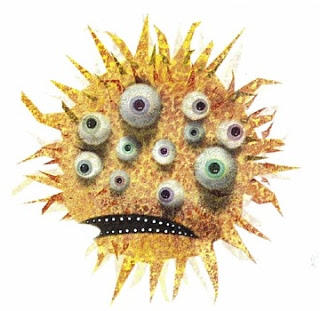
Did you read that? George Saunders and Lane Smith.
Again a perfect package. A modern fable and some of my favorite Lane Smith illustrations ever. Luckily I picked it up when it came out, so I have the beautiful translucent cover that Molly Leach designed.
It’s beautiful.
I think I’ll read it right now…
This is also against the rules, but I think these illustrators are doing fantastic work.
Two years. That’s how long Zach Ohora will keep answering my emails before he figures out “the riffraff” is holding him back. Greg Pizzoli? Six months.
Do you guys know Peter Brown? Didn’t think so. Google him, you’ll be pleasantly surprised.
If Lucy Cousins makes it, I want it. Also, Lauren Child. Oh and Delphine Durand.
Ice cream. I like ice cream. I like when they pour espresso over it.
Sorry. Now I’m just listing things I like.
Melissa Guion’s Picture Book List
by •
The picture book lists are back! Melissa Guion starts the new series, and she’ll be followed very soon by Bob Shea.
Melissa is the author-illustrator of BABY PENGUINS EVERYWHERE! and the upcoming BABY PENGUINS LOVE THEIR MAMA! She lives in Brooklyn with her daughter and a few guinea pigs. You can see her work at www.melissaguion.com and www.facebook.com/BabyPenguinsEverywhere .


